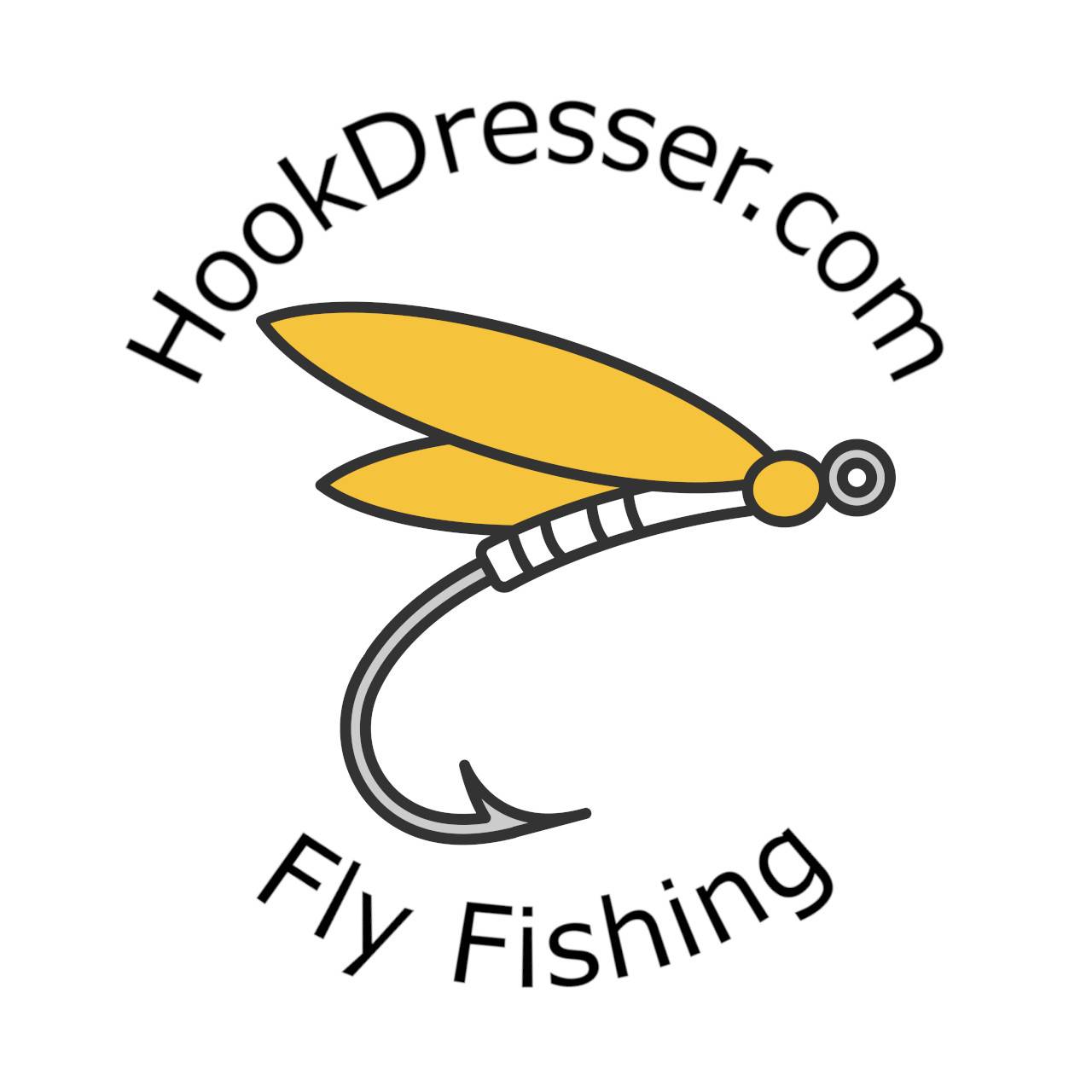The Yellow Sally Stimulator is a stimulator fly pattern representing a gold stonefly or yellow sally. Stimulator flies, also known as attractors, are one of the best flies to use in the summer. They also work well during the months of spring as insects begin to hatch.
Stimulator flies are great for bringing fish to the surface. They are both large and bold making them an attractive pattern for inquisitive trout.
A beginner fly tier may find the yellow sally a little challenging to tie as it includes a few steps that a novice tier may find more difficult. However for someone looking to move from beginner flies to more complicated flies, the yellow sally is a great fly to tie.
What is a Sally Fly?
Yellow Sallies (Isoperla) are smaller species of stonefly. They often hatch when mayflies are hatching which makes them overlooked by fly fishermen who focus on mayflies.
Look out for the red butt on the fly which is an indication of a yellow sally. The yellow sally is a very effective fly for trout, it can be fished with mayfly patterns or with nymphs in the style of a washing line.
What Size is a Yellow Sally?
Yellow sallies are made up of several species of stonefly. You should use an appropriately sized fly for the species of yellow sally you are trying to imitate. In general, the best size of yellow sally is between 12-16 however, you could even go as small as a size 18.
What Materials Do You Need to Tie a Yellow Sally?
Yellow Sally Pattern Recipe
Hook: Size 12-18
Thread: Uni Thread Olive
Body: Yellow Rabbit Fur Dubbing
Butt: Orange Rabbit Fur Dubbing
Rib: Gold Wire
Front Hackle: Grizzly Cock Hackle
Rear Hackle: Yellow Cock Hackle
Wing: Bleached Elk Hair
Tail: Elk Hair
Tying a Yellow Sally Stimulator Fly
Step 1
Secure hook in vise jaws and tie in the thread behind the eye of the hook. Wind the thread down the hook shank until hangs level with the barb of the hook.
Step 2
Tie in a few fibers of elk hair to create the tail. Then tie in your gold wire ribbing. Tie down the elk hair and gold wire along the hook shank. This will give you a great foundation for applying your dubbing.
Step 3
Tie in your yellow hackle at the base of the tail. Apply some orange rabbit fure dubbing to your thread to create the butt of the fly. Make a few wraps with the orange dubbing before applying yellow rabbit fur to your thread.
Step 4
Wind your yellow rabbit fur dubbing along the body of the fly until you have around two thirds of the body covered in dubbing.
Step 5
Run the yellow hackle along the dubbed part of the body. Tie off the hackle and trim off the excess. Wind the gold wire along the body weaving the wire between the hackle fibers to prevent trapping fibers under the wire. Tie off the god wire and trim off the excess wire.
Step 6
Cut off a bunch of elk hair and put them in a hair stacker to align the fibers. Take out the fibers and align the fibers so they do not run past the orange dubbing butt. Make sure the elk hairs do not flare out too much. Trim of the excess elk hair. Elk hair is easier to use and does not flare as much as deer hair.
Step 7
Tie in the grizzly cock hackle. Add more yellow rabbit fur dubbing to your thread and wrap the dubbing forward to the eye of the hook. Wind the grizzly hackle forward over the yellow rabbit hare dubbing. Catch the hackle with the thread and secure it place with a few wraps of thread. Trim off the excess cock hackle.
Step 8
Finish off the fly with a whip finish and apply head cement to the fly.
